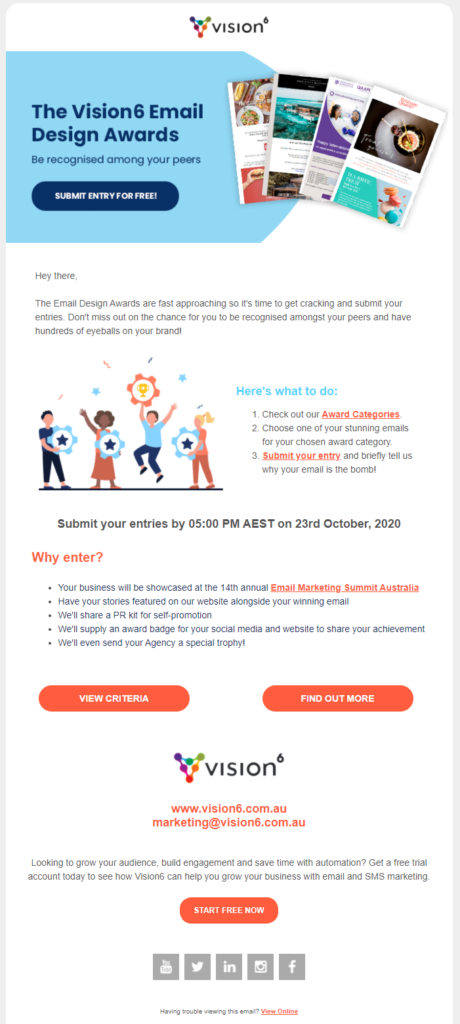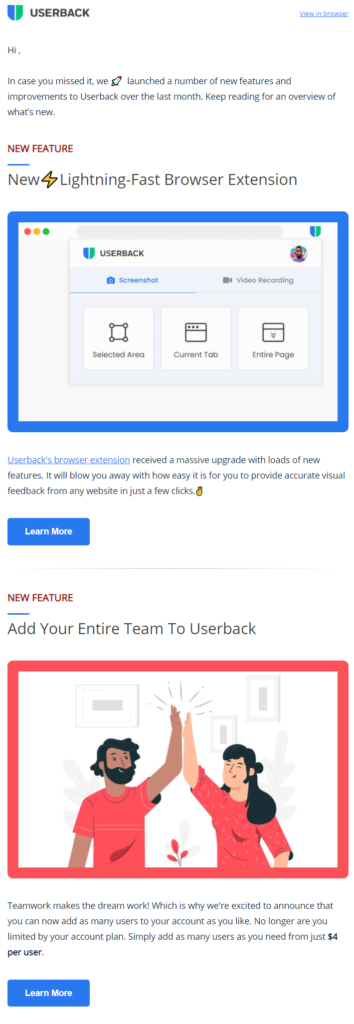An open and collaborative workplace with clear internal communication channels can help foster a culture of teamwork where employees work together to achieve organisational goals. However, building strong internal communication can be a complex process that requires strategic and systematic planning, and a commitment to transparency.
This article will delve into the importance of effective internal communication strategies, plus some examples and best practices for improving employee and stakeholder engagement.
What is internal communication?
Internal communication is a productive flow of information, knowledge, and ideas across your organisation. Studies have shown that 74% of employees feel that they miss out on important company news because of poor internal communication. It is much more than just enabling employees to communicate with each other in real time.
So why is internal communication important? Developing your business’s overall communication cycle can help establish a sense of unity and shared purpose amongst employees. By creating an environment with open dialogue and transparency, internal communication can ensure that everyone’s ideas and opinions are recognised and valued. It can also help empower individual employee efforts, fuel continuous innovation, and propel your organisation further toward its ultimate goals.
While numerous communication channels are available in our current business landscape, email stands out as a reliable and versatile tool to connect employees. It can provide an extensive record of historical communication, help employees become more accountable, and enable stakeholders to communicate with just the click of a button.
What are the challenges of internal communication?
1) Employee engagement
Organisations with engaged employees perform 202% more productively than those without. However, capturing employee engagement and attention can often be complex in increasingly fast-paced workplaces. Therefore, it is vital to create compelling and relevant content that aligns with employees and their interests. This usually involves crafting personalised communication that prioritises their needs and preferences to make a lasting impact.
Your communication strategies should also be constantly optimised and refined based on their response. Regularly asking for feedback, involving employees in key decision-making processes, and building a sense of ownership in company initiatives can help your business overcome challenges with employee engagement. This can also help employees feel more connected, motivated, and accountable for overarching goals.
2) Employee feedback
While employee feedback can be an extremely valuable resource for improving internal communication channels, obtaining and managing this information can be challenging. Employees may hesitate to openly share their opinions due to a lack of trust or fear of negative reactions. Your business can overcome this by establishing anonymous feedback sources, such as digital surveys or suggestion software.
It is also crucial to build employee trust by establishing a culture of open dialogue, transparency, and commitment to continuous improvement over time. This can empower your team to openly share their perspectives, significantly improving internal communication.
3) Tracking results
Monitoring, tracking, and analysing the results of your internal communication strategies are essential for determining if they could create a long-lasting, measurable impact. However, as the amount of data across organisational departments becomes more complex, it can be difficult to effectively identify and track results of your employees’ sentiment.
However, your business can use powerful software and solutions to collect and consolidate data related to specific communication metrics. Vision6 can help your business leverage dynamic reporting tools to obtain real-time insights and share key information with relevant stakeholders.
Examples of internal communication strategies
1) Company-wide email updates
Regular company-wide email updates can be used to efficiently and consistently communicate with employees about important updates, exciting announcements, and progress.
A great example is Sydney Metro’s company-wide update emails communicating important updates and the project’s benefits to their audience. The integration of images and video-centric content in their emails is an effective way to condense information into bite-size chunks that will prompt greater click-through to their website.

2) Peer-to-peer communication
A highly effective way to promote direct employee dialogue is through peer-to-peer communication strategies. They can be used to strengthen relationships and encourage continuous collaboration.
The Remotely Funny Staff Newsletter by QuT Science and Engineering Faculty is a key example of an internal communication strategy that encourages peer-to-peer interaction. This email newsletter consistently highlights staff achievements, employee-generated content, resources and tips from fellow staff members, and relatable memes. In this example, employees could connect and feel a sense of belonging and community.

3) Crisis communication email
Well-crafted crisis communication emails can be a powerful way to spread important and accurate information, address key employee concerns and provide relevant guidance to employees.
For example, in the event of a natural disaster, your business can utilise crisis communication emails to support employees and share necessary resources.
4) Culture communications
An important aspect of internal communication is educating your audience about your business’s mission, values, and overall culture. This can help build a shared sense of ownership and identity, align with organisational objectives, and improve overall engagement.
Culture communications is a dynamic strategy that involves engaging employees in various company activities and building a positive work culture. This can help foster greater innovation and creativity, leading to reduced turnover and higher retention rates.
In this example, Vision6 was able to build a culture that recognises, values, and highlights creativity, innovation, and excellence. This initiative helped show our audience that we prioritise a culture of continuous improvement and recognising imaginative contributions.

5) Top-down email communications
Top-down email communications are initiatives from key executives that enable your organisation to share valuable insights, guidance, and advice to readers to build trust. This can help inspire readers and establish a shared purpose and reinforcement.
This email from the Cancer Council SA is an exceptional example of top-down email communications.The Chief Executive shared the organisation’s impact report to give recognition and highlight employee involvement and stakeholders commitment to awareness initiatives.

6) Campaign communications
Building more hype around your latest promotion by keeping your employees updated on the latest features or campaign launch. Include links to socials to encourage to organically promote the latest projects.
Userback’s email newsletter is the perfect example of effective campaign communications. They used this channel to announce and highlight new features and improvements to their product. It’s important to have a deciated internal communication email that keeps employees across what’s happening in your business so all team objectives are aligned.

Best practices for how to improve internal communication:
1) Make it simple and digestible
You should prioritise simplicity and clarity while crafting content for your internal email communication. This can include breaking down detailed and complex insights into smaller chunks to ensure your employees clearly understand your message.
You can achieve this by including clear subject lines, headings, numbered lists, bullet points, and infographics. This can empower employees to comprehend the key points from your content and further engage with each other.
2) Keep the tone conversational
One of the most important best practices for internal email communication is cultivating and maintaining a conversational and friendly tone. This includes using language that is personalised and casual.
This can help build a channel where employees feel comfortable expressing themselves and their perspectives. A conversational tone can also help promote connection, active participation, and collaborative interactions.
3) Try to add visuals
Never underestimate the impact of visual appeal. Images, videos, infographics, and other visual content can help efficiently communicate large amounts of information much faster than text.
Try adding a face to a name. As humans we crave connection, so including photos of employees in your emails is an effective way for content to stand out. Our brains are also hard-wired to process faces twice as fast over other stimuli.
4) Keep it consistent
A consistent and cohesive format and template for your internal email communication can help subtly showcase your organisation’s overarching message and identity. This can help foster a sense of familiarity and recognition amongst employees and make it easier for them to quickly navigate through content.
Vision6 can provide your business with 170 dynamic and professionally designed email templates to optimise internal email communication.
5) Be transparent
The ultimate goal of communication strategies is to foster transparency and openness. Your organisation can incorporate this in your email by sharing relevant and accurate information, quickly addressing prevailing employee issues, and openly communicating important updates.
You should also openly encourage feedback, questions, and other uncertainties. This can help employees feel more comfortable and valued as major organisational contributors.
Key takeaways
These communication strategies and internal communication examples can help your business maximise productivity, transparency and collaboration.
Book a free demo today to leverage the numerous benefits of Australia’s highest performing and most valuable email marketing templates and tools to take your internal communication to the next level.


